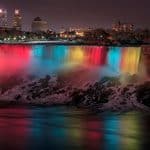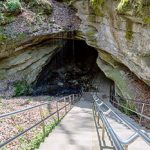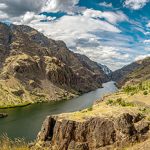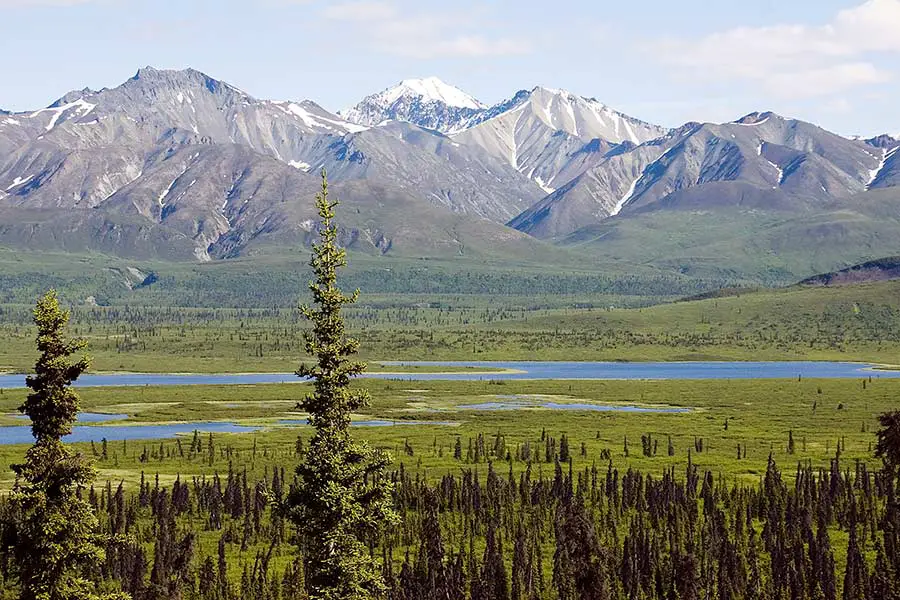
Alaska is one of the most remarkable states in America. Whether you go to admire the fjords and waterways, climb mountains, pursue game, or even just hike, Alaska is an endless land of natural beauty. But, can a U.S. citizen drive to Alaska without a passport?
U.S. citizens need a passport to drive to Alaska. Alaska is not part of the contiguous United States: you must go through Canada to get to Alaska. Land-based travelers cannot cross the Canadian border without a passport. If you fly or take a cruise, you don’t need a passport unless your voyage lands on Canadian soil.
So how long does it take to drive to Alaska from the United States? Do you need a Canadian driver’s license? Do you need an off-road vehicle, and is the route safe? There is so much to learn about driving to Alaska; continue on to discover the answers to these questions and more.
Driving to Alaska: The Scenic Road Trip of a Lifetime
Alaska does not share a border with the contiguous 48 United States. Therefore, you must drive a fairly significant distance through Canada to get to Alaska by road. In other words, you have to cross an international border if you want to drive to Alaska.
While the United States and Canada enjoy a friendly and neighborly relationship, the border between the nations is patrolled by customs and border agents on both the Canadian and American sides. To travel across the border, you must have a valid U.S. Passport. You do not need a visa.
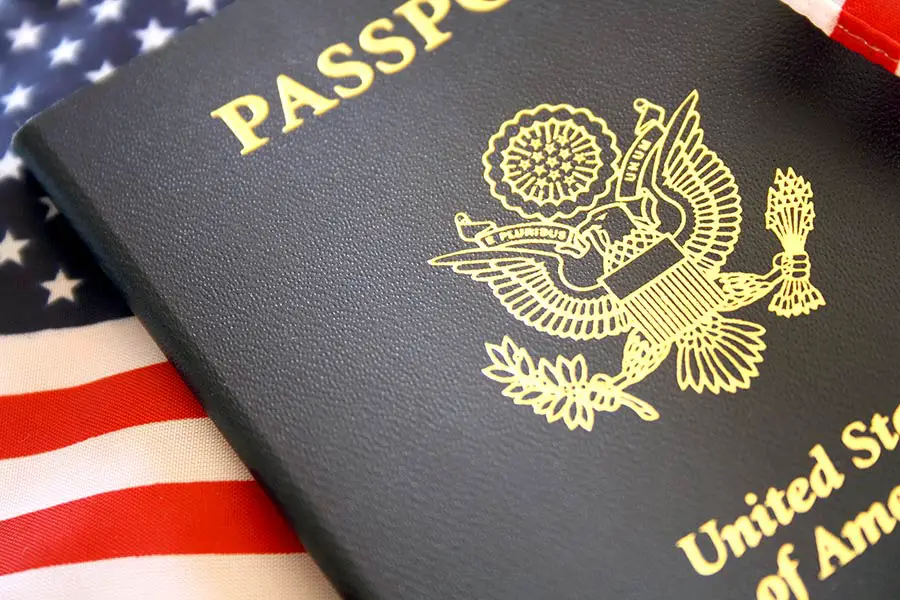
Crossing the border into Canada means that you will need to pass through Canadian customs. While our northern neighbors have a reputation as friendly people, their border agents – much like ours – take their jobs seriously. As a result, you should know that some items cannot be brought across the border.
You can bring the following items across the border:
- Up to 24 cans of beer, two bottles (53 oz.) of wine, or 40 ounces of liquor (only one from the previously listed.)
- Up to 200 cigarettes or 50 cigars.
You cannot bring the following items across the border:
- Live bait.
- Pepper Spray.
- Marijuana (even if you are from a U.S. state where this is legal, and even though it is legal in Canada, you may not bring it across the Canadian border.)
- Firearms, explosives, fireworks.
With the exception of firearms, you’ll be able to get fresh provisions in Canadian territory. While exchange rates fluctuate, you’ll likely find that your U.S. dollars go a little further in Canada!
Road Trip Answers Fun Fact: The name “Alaska” is derived from the Aleut word “Aleyska,” which means “great land.”
Pro Tip: While many people may carry a firearm in their car or RV, you can not bring a firearm from the United States into Canada unless you have done a lot of paperwork. Canadian authorities actively look for firearms on vehicles traveling from the United States. Even if you hold a concealed weapons permit or have another authorization to carry a firearm in the United States, you may not bring your gun to Canada. You could be arrested, deported, or imprisoned for bringing a firearm into Canada from the United States, even if your final destination is Alaska.
Can I Cross the Border With My Pet?
If you are making the trip with a furry companion, you’ll need to bring a signed and dated certificate from a veterinarian that your pet has been vaccinated against rabies within three years. In addition, it’s a good idea to bring any other documentation regarding your pet if you have it.
Can I Drive in Canada with a U.S. Driver’s License?
U.S. citizens with valid drivers’ licenses are allowed to drive in Canada for up to 90 days, as long as you have proof of auto insurance. So unless you’re going really slow, it won’t take you 90 days to drive the Alaska Highway.
Be aware that Canada uses the metric system, so speed limits will be in kilometers per hour. Your car almost certainly has a KPH line under the MPH gauge on your speedometer. Generally, the highways are posted at 100 km/h (about 62 mph), and urban areas are posted at 50 km/h (about 31 mph), but pay attention to speed signs and follow traffic laws.
When is the Best Time to Drive to Alaska?
While you can drive to Alaska any time, you’re going to have the best trip if you go sometime between May and September. This window of time generally offers the best weather for driving.
Many of the various hotels, gas stations, stores, and other amenities along the Alaska Highway don’t stay open year-round, but they are almost sure to be open during the relatively busy summer driving season.
Is the Road to Alaska Paved?
The Alaska Highway, known in Canada as Highway 97, is a two-lane paved road that carries motor vehicles through British Columbia to Alaska. While it is paved, winter weather can create bumpy conditions in a few places; drivers should expect some gravel, minor potholes, and frost heaves along the route.
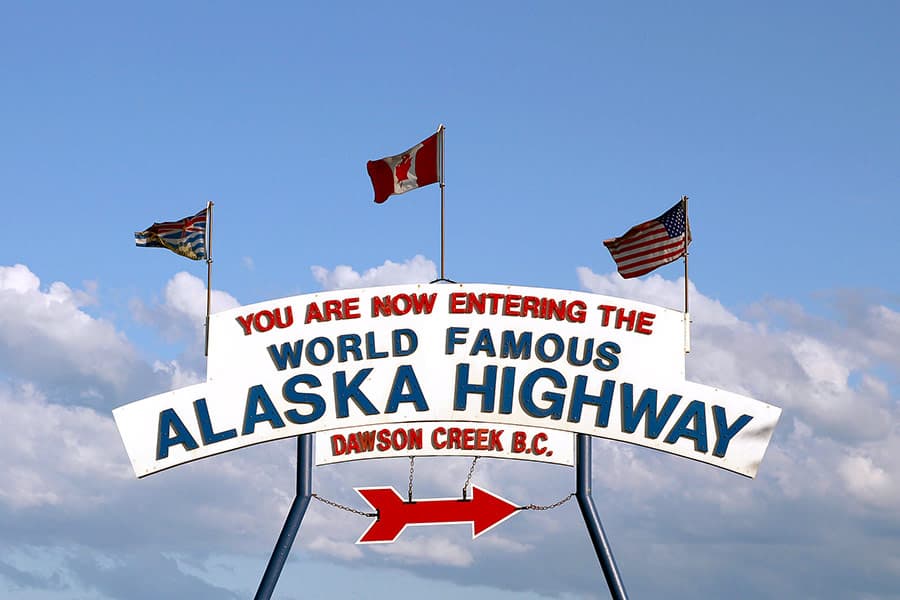
The highway originates in Dawson Creek, British Columbia, and crosses into Alaska at the border crossing near Northway, Alaska. The road is open year-round, although those traversing it during the winter months should be sure to plan for the unexpected.
The Alaska Highway is the most efficient route to get from the continental United States to Alaska. While you could technically also cross the border much further north in the Yukon, near Little Gold, it is much better to follow the Alaska Highway.
The journey from Dawson Creek, BC, to the U.S. border crossing at Beaver Creek is 1,153 miles. The highway continues past the border to the towns of Tok and Delta Junction for a total distance of 1,351 miles!
However, the trip from the U.S. border to Alaska is much longer: first, you have to get to Dawson Creek! You can technically get there from a variety of border crossings, but the easiest way to get there from the United States is to cross the border in Washington:
| Border Crossing | Distance to Dawson Creek | Approximate Driving Time |
|---|---|---|
| Sumas, Washington | 693 miles | 12-13 hours |
| Oroville, Washington | 729 miles | 13 hours |
| Sweet Grass, Montana | 718 miles | 12 hours |
| Pembina, North Dakota | 1239 miles | 20 hours |
Is it Safe to Drive the Alaska Highway?
The Alaska Highway is safe. It is paved and well-traveled by people in a wide assortment of vehicles. However, while the road is safe, planning ahead is a good idea. It’s better to prepare than to panic when something goes wrong.
Some basic supplies to bring with you include:
- At least one good spare tire, a full-size spare is best.
- A functional car jack and the tools to change a tire.
- Motor oil.
- A full gas can.
- A basic tool kit.
- A power inverter and chargers for all electronics you may need.
- A jump-start kit.
- Blankets.
- Reflective warning signs for if you need to pull over.
- Food and water – this is a remote drive, and there’s not a 7-11 on every corner. Bring plenty of non-perishable snacks, water, and other goodies to sustain you during long stretches on the road.
What is the Farthest North You Can Drive in Alaska?
The furthest north you can drive in Alaska is the city of Deadhorse. As you might imagine, Deadhorse is not a super-urban area, and the highway that brings you to Deadhorse – the Dalton Highway – is very remote and designed primarily for truck traffic. It is partly paved, but sections of the road are gravel. So again, the highway is very remote: it runs for more than 400 miles one-way with no service stations.
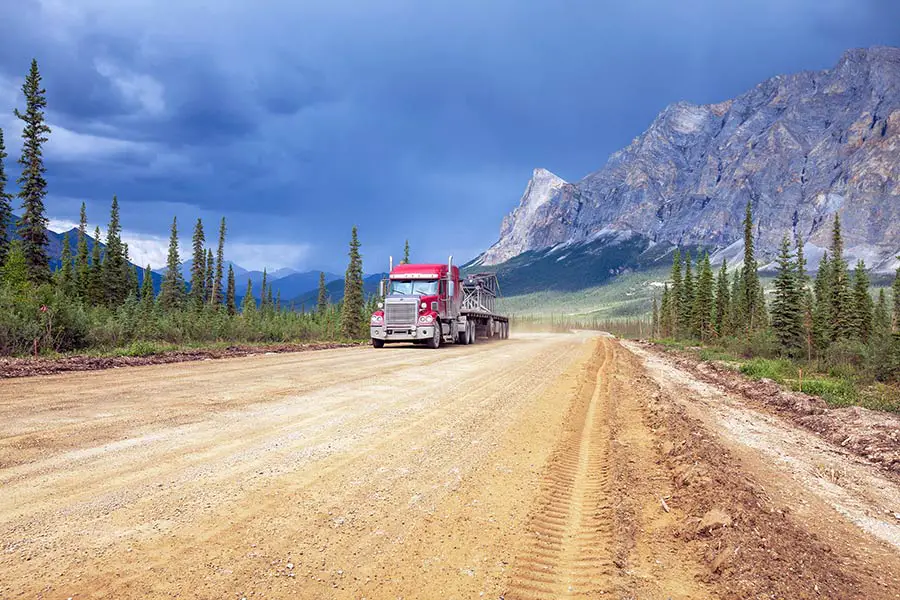
The Dalton Highway is intended for truck traffic to and from Deadhorse. Trucks have the right-of-way. Things that cars, SUVs, and light trucks can do easily are much more challenging when maneuvering an 80,000-pound tractor-trailer rig.
While you can drive the Dalton Highway, it is challenging driving. Rental car companies expressly prohibit the use of their vehicles on the Dalton Highway, and motorists who wish to drive this route should be sure they have a 4×4 truck or SUV, or an all-wheel-drive vehicle with good road clearance.
You should bring at least one five-gallon can of gasoline and at least one full-size spare tire with you if you choose to drive the Dalton. You should also bring snow chains, communications equipment like a satellite phone or CB radio (there is no cell service), and basic survival equipment. Inform trusted friends or family who are not traveling with you of your travel plans and your estimated ETA.
If driving to Deadhorse sounds like an ordeal, skip it and drive to Fairbanks instead. Fairbanks is not as far north as Deadhorse, but it sits at about 64 degrees latitude – very far north indeed!
Alaska: The Last Frontier
Alaska is the largest U.S. state and arguably the most beautiful. The drive to Alaska is no less beautiful, with gorgeous vistas of Canadian prairies and the Canadian Rockies for much of the drive. If you’re one who enjoys a nice, relaxing road trip and isn’t afraid to head out into the wilderness, making the road trip to Alaska is well worth doing. We’ll see you on the highway!


